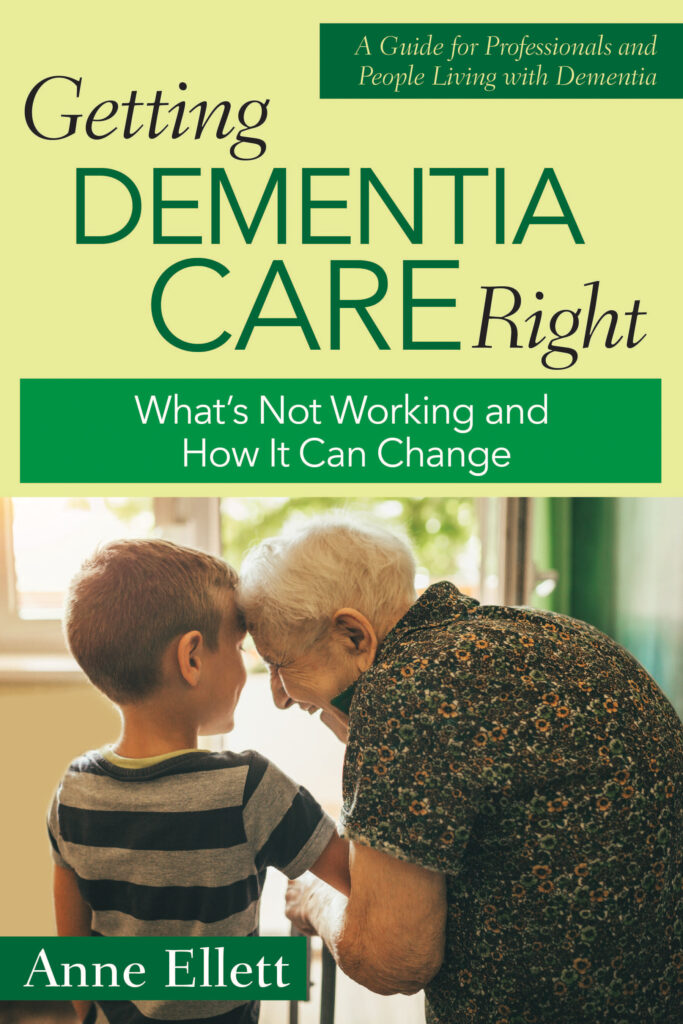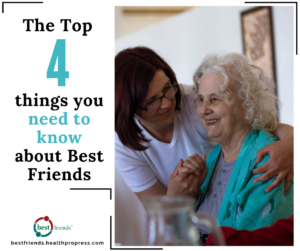
Behind Locked Doors: Segregation in Memory Care
Memory care is the fastest-growing area of senior living. It is now standard for assisted living communities and nursing homes to designate an area for a secure unit, usually with a coded keypad on the door. This is where the residents living with dementia will live, segregated from the rest of the residents. Often these secured units, with their extra charges, are the most expensive areas to live.
I have worked as a registered nurse long enough to remember when it was also standard to tie people in their chairs or beds “for their own good.” None of us would do that to our beloved pets at home, but somehow it was acceptable to tie down people with dementia.
The majority of senior living communities follow the commonly accepted standard of having a locked area where the residents who live with dementia are confined. But the normal adult reaction to not being able to open a door and leave often results in actions such as banging, yelling, pacing—actions that are considered behaviors that must be managed by staff.
Tom Kitwood, an advocate and innovative thinker in the field of dementia care, was one of the first researchers to write about the effect of the environment on the person. He challenges the carer to understand what care is like from the viewpoint of the person who is living with dementia. His classic book Dementia Reconsidered discusses how isolation and segregation demeans and strips away personhood instead of honoring each person’s abilities and preferences.
In other words, is the environment we have created causing people to act in distressing ways? What if we opened the door and invited them to go for a walk with us? Would many of these distressful actions naturally resolve?
Segregation is defined as being set apart. Besides prisoners, it is difficult to think of any group confined behind locked doors and separated from the general population except residents living with dementia. In addition to locking them behind closed doors, more subtle ways to segregate people with dementia include the following:
- Not including them
- Not inviting them
- Assuming they are not able to join us
- Assuming they will not be interested
How often have we heard a staff person or another resident or even a family member refer to the area “back there,” meaning the locked memory care area? Segregation perpetuates the stigma and misperceptions surrounding dementia, whereas integration supports normalcy and decreases the stigma. After all, a diagnosis of dementia should not define a person.
As professionals in dementia care, we need to ask ourselves, Are locked, confining memory care units an outdated practice based on stereotypes and misperceptions that limit meaningful choices for people living with dementia?

Read the book!
To learn more about desegregating memory care units and other innovative ways to improve dementia care, get your copy of the inspiring Getting Dementia Care Right: What’s Not Working and How It Can Change by Anne Ellett. Drawing on her extensive nursing and administrative experience in assisted living and skilled nursing communities, Ellet explores even more obsolete ideas and programs behind current dementia care practices, and contrasts these with innovative alternatives from across the country.
This post was excerpted from Getting Dementia Care Right, What’s Not Working and How It Can Change by Anne Ellett, M.S.N., NP. Copyright © 2023 by Health Professions Press, an imprint of Paul H. Brookes Publishing Co., Inc. All rights reserved.





Add comment